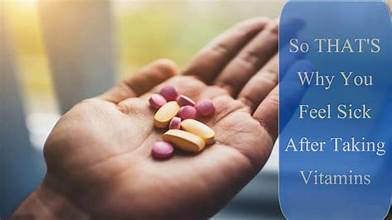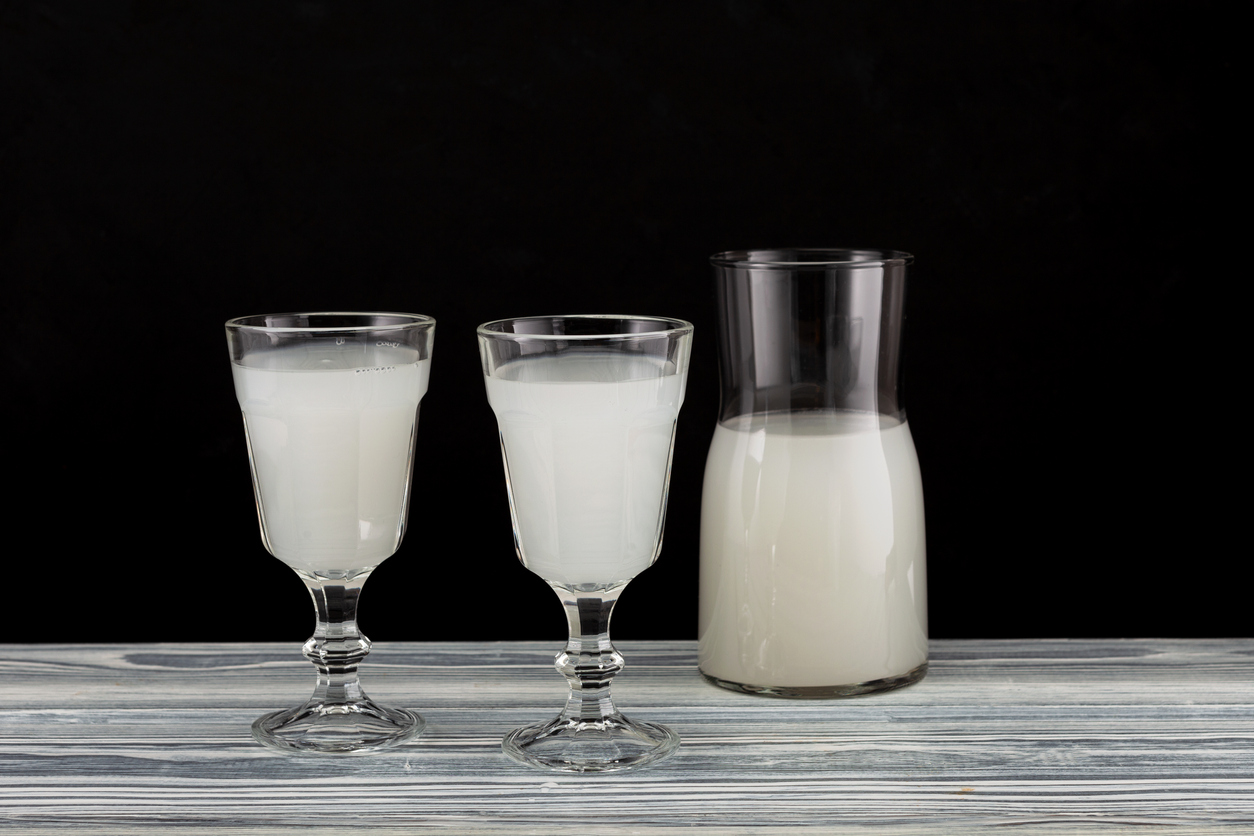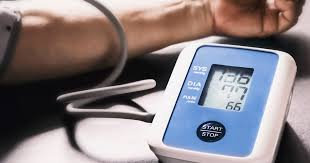Have you noticed a stubborn bulge around your middle? Many people call this extra padding a “beer belly.” It’s a common problem, and it often leads us to point fingers at our favorite alcoholic drinks. Beyond just how it looks, having more fat around your stomach can be a real health worry. This type of fat is linked to increased risks for severe conditions.
So, does drinking alcohol truly cause your waistline to expand? The answer is more complex than a simple yes or no. It’s not just about what’s in your glass. Understanding the science helps us see the whole picture. Let’s dive into how alcohol affects your body and your belly fat.
The Metabolic Impact of Alcohol
Your body sees alcohol as a toxin. Because of this, it prioritizes removing alcohol. Your system has to drop everything else to get it out. This process changes how your body usually handles food and energy.
How Your Body Processes Alcohol
The liver works hard to get rid of alcohol. It uses special enzymes to break it down. These enzymes are like tiny workers. They change alcohol into less harmful stuff. This vital job takes a lot of energy. It also ties up your liver’s resources.
The Liver’s Primary Role in Alcohol Metabolism
Your liver uses enzymes like alcohol dehydrogenase (ADH) and aldehyde dehydrogenase (ALDH). They break alcohol into different compounds. This process requires a significant amount of your body’s focus. It means less energy goes to other vital tasks. Energy usually spent on burning fat gets sidetracked.
Energy Priority: Why Fat Burning Takes a Backseat
When alcohol is present, your body stops burning fat. It stops burning carbs, too. Your system prioritizes breaking down the alcohol first. This means the fats you eat or already have stored stay put. They don’t get used for energy. Over time, this can lead to more fat storage, especially around your middle.
Caloric Content of Alcoholic Beverages
Alcohol itself carries a lot of calories. These calories are often overlooked. They add up fast, even without sugary mixers. A single gram of alcohol has about seven calories. That’s almost as many as fat.
“Empty” Calories: Alcohol’s Nutritional Void
Alcohol calories are often called “empty calories.” They give you energy but no real nutrition. You get no vitamins, minerals, or protein from alcohol. This means you consume calories without getting anything healthy in return. Your body needs those nutrients to function correctly.
Beyond Beer: Calorie Comparison of Popular Drinks
Different drinks hold different calorie counts. A standard beer might have around 150 calories. A glass of wine often has about 120 calories. Hard liquors, like vodka or whiskey, usually have about 100 calories per shot. But watch out for cocktails. A sugary mixed drink can easily top 300 calories. Those sweet mixers add a surprising amount of extra energy to your glass.
Alcohol’s Influence on Fat Storage
Alcohol doesn’t just add calories. It also messes with your hormones. These hormones control your hunger and where your body stores fat. This can lead to weight gain, particularly around your belly.
The Hormonal Cascade
Drinking can throw your body’s hormones out of balance. This imbalance affects how your body stores fat. It can make you feel hungrier. It also tells your body to hold onto fat.
Cortisol and the Stress Response
Heavy drinking, or even binge drinking, can raise your cortisol levels. Cortisol is a stress hormone. High cortisol tells your body to store more fat. This fat often accumulates directly in your belly area. It’s your body’s way of preparing for stress.
Insulin Sensitivity and Blood Sugar Fluctuations
Alcohol can also affect how your body uses insulin. Insulin helps your body use sugar for energy. When insulin sensitivity drops, your body struggles to handle sugar. This can lead to higher blood sugar levels. High blood sugar often encourages your body to store more fat, especially dangerous visceral fat.
Appetite Stimulation and Food Choices
Alcohol also affects your brain. It lowers your inhibitions. This means you might make poorer food choices. You might also eat more than you usually would.
Lowered Inhibitions and Cravings
When you drink, your self-control can weaken. This makes it harder to resist unhealthy foods. You might reach for greasy snacks. You might also eat bigger portions. Your good judgment gets clouded.
The “Snack Attack” Phenomenon
Think about late-night pizza after a few drinks. Or reaching for a bag of chips. Alcohol often sparks powerful cravings for salty, fatty foods. These are usually high in calories and offer little nutrition. This “snack attack” adds many extra calories. They quickly build up around your waist.
Visceral Fat vs. Subcutaneous Fat: The Belly Fat Distinction
Not all body fat is the same. There are different types of fat. Knowing the difference helps understand alcohol’s impact. One type is much more harmful than the other.
Understanding Different Fat Types
We have two main types of fat around our midsection. One is just under the skin. The other wraps around our organs. Both contribute to a larger belly.
Visceral Fat: The Dangerous Inner Layer
Visceral fat is the fat wrapped deep around your organs. It surrounds your liver, pancreas, and intestines. This fat is very active. It releases harmful substances. High levels of visceral fat are strongly linked to heart disease, type 2 diabetes, and other serious health problems. It’s considered the most dangerous type of fat.
Subcutaneous Fat: The Outer Layer
Subcutaneous fat is the squishy fat you can pinch. It lies just beneath your skin. This fat is found all over your body, including your belly. While too much subcutaneous fat isn’t ideal, it poses fewer health risks than visceral fat. It’s generally less active and doesn’t release as many harmful chemicals.
Alcohol’s Specific Impact on Visceral Fat
Research shows a clear link between alcohol and visceral fat. Drinking tends to increase this more harmful type of fat. It’s not just about overall weight gain. Alcohol seems to direct fat storage right to your organs.
Research Linking Alcohol to Abdominal Obesity
Studies have found that heavy alcohol use leads to more visceral fat. Even moderate drinking can increase your risk. Some research points to a “dose-dependent” relationship. This means the more you drink, the more visceral fat you might gain. This connection makes the “beer belly” more than just a cosmetic concern. It’s a health issue.
Beyond the Bottle: Other Contributors to Belly Fat
Alcohol plays a role, but it’s not the only reason for belly fat. Many factors work together. Your diet and lifestyle choices are also critical. They can impact your waistline even more than alcohol.
The Role of Diet
What you eat has a significant effect on your body fat. Certain foods are substantial contributors to weight gain. They can make your belly bigger.
Processed Foods, Sugary Drinks, and Unhealthy Fats
A diet high in processed foods can lead to significant weight gain. Sugary drinks, like sodas and fruit juices, add empty calories quickly. Unhealthy fats, found in fried foods and many snacks, also contribute to fat storage. These foods cause overall weight gain. They also seem to favor belly fat accumulation.
Portion Control and Calorie Deficit
To lose any fat, you must eat fewer calories than you burn. This is called a calorie deficit. Controlling your portion sizes can make a big difference. It makes sure you don’t overeat, even of healthy foods. Without managing your total calorie intake, losing belly fat is very hard.
Lifestyle Factors
Your daily habits also impact your belly size. It’s not just about food and drink. How you live your life matters a great deal. These factors can either help or hurt your goal of a flatter stomach.
Sedentary Behavior and Lack of Physical Activity
Sitting too much slows down your metabolism. Not moving enough means you burn fewer calories. Regular exercise builds muscle, which burns more calories even at rest. A lack of physical activity often leads to weight gain. It can make your belly grow, too.
Sleep Deprivation and Stress
Poor sleep can disrupt your hormones. This can lead to increased hunger. It can also make your body hold onto fat. Chronic stress also raises cortisol levels. We know high cortisol promotes belly fat storage. Getting enough sleep and managing stress are key.
Actionable Strategies for Reducing Belly Fat (And When to Re-evaluate Alcohol Intake)
You can take control of your belly fat. It often means making changes in a few areas. Small steps can lead to significant results. Think about your diet, how much you move, and your drinking habits.
Dietary Adjustments
What you put into your body is a significant factor. Making wise food choices can make a huge difference. Focus on fueling your body with good stuff.
Prioritize Whole Foods and Nutrient-Dense Options
Choose whole, unprocessed foods most of the time. Eat lean proteins like chicken or fish. Fill your plate with lots of fruits and vegetables. Opt for whole grains instead of refined ones. These foods keep you full and give you vital nutrients.
Mindful Eating and Portion Control
Pay attention when you eat. Slow down and savor your food. Notice when you feel full. Use smaller plates to help control portions. Being aware of what and how much you eat can prevent overeating.
Exercise and Physical Activity
Moving your body is vital for burning fat. It builds muscle and boosts your metabolism. Find activities you enjoy to make it easier to stick with.
Incorporate Cardiovascular and Strength Training
Mix up your workouts. Cardio exercises, like running or swimming, burn calories. Strength training builds muscle. More muscle helps you burn more fat, even at rest. A combo of both is most effective for losing belly fat.
Consistency is Key
Regular exercise brings the best results. Aim for at least 150 minutes of moderate exercise each week. This could be 30 minutes, five days a week. Stick to a routine. Even short, daily walks add up over time.
Managing Alcohol Consumption
If you’re worried about your belly, look at your drinking habits. Reducing alcohol can be a big help. Even small changes can make a difference.
Moderation and Awareness of Intake
Limit how much you drink. Know your limits. For many, this means no more than one drink a day for women and two for men. Being mindful of each drink you consume can help prevent excess calories.
Choosing Lower-Calorie Drink Options
When you do drink, pick wisely. Choose light beer or dry wine. Opt for spirits mixed with water or soda water. Avoid sugary mixers, juices, and creamy liqueurs. These choices help reduce the number of empty calories in your drinks.
Conclusion: A Holistic Approach to a Flatter Stomach
While alcohol can contribute to a “beer belly,” it’s usually not the only cause. Abdominal weight gain is often complex. It involves many things, including your diet, how much you exercise, and even your hormones.
Reducing how much alcohol you drink is a smart move. But for the best results, combine it with a balanced diet. Make sure you get regular exercise too. This all-around approach works best for trimming belly fat. It also improves your overall health and well-being. Focus on a comprehensive plan for lasting results.
Discover more from Healthinfo24.com
Subscribe to get the latest posts sent to your email.





Anonymous
Excellent article